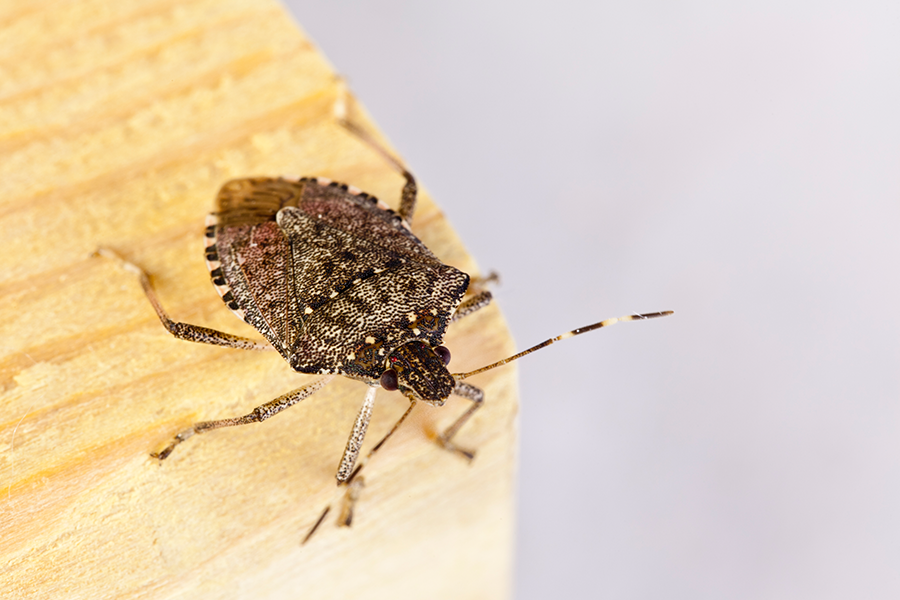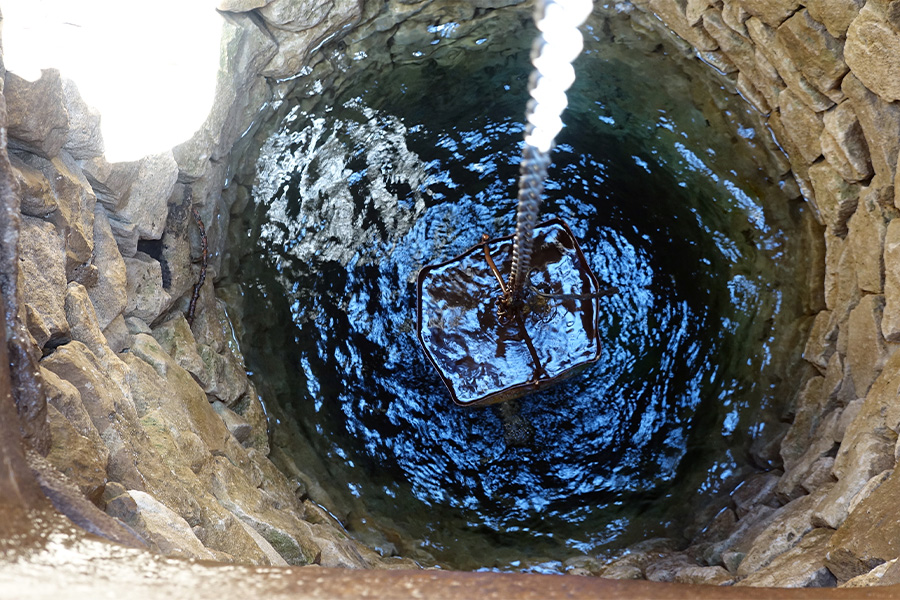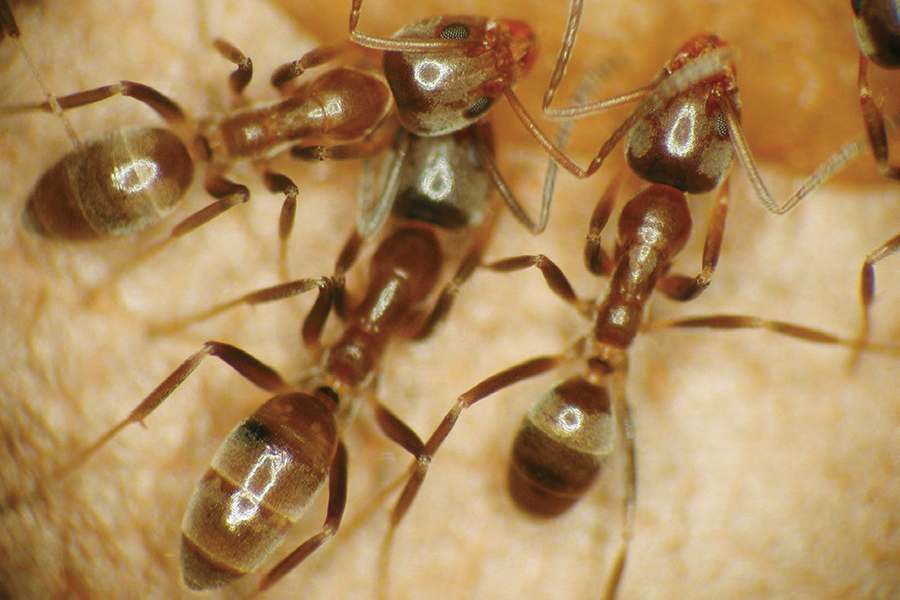Environment
-

C 858-3
Home Water Quality and Treatment
The quality of your water supply can have both an immediate and a prolonged effect on the health of your household. Many Americans, especially those dependent upon well water, assume that their water is safe and healthy. Unfortunately, this is not always the case. This publication contains basic information about home water quality and treatment.
David Kissel, Pamela Turner, Uttam Saha, and Leticia Sonon
|
-

If you are one of the many Americans who use groundwater for drinking,
the proper protection of your well and wellhead is essential for the health of your family, yourself and your neighbors. This publication contains information about protecting your well and wellhead from contaminants.David Kissel, Pamela Turner, Uttam Saha, and Leticia Sonon
|
-

C 858-11
Iron and Manganese
Elevated levels of iron (Fe) and manganese (Mn) are two of the most common water quality problems in Georgia’s groundwater. This circular addresses problems associated with high levels of these two elements, levels considered to be a problem, and treatment options to remove the iron or manganese.
Pamela Turner, Uttam Saha, William Smith, Jason Mowrer, and Leticia Sonon
|
-

The brown marmorated stink bug is a landscape and agricultural pest in the United States. They seek dark and dry sites—such as a vehicle parked near trees—in the fall in which to overwinter. This pest is reported to feed on more than 170 plant species, including fruits, vegetables, and ornamental plants. This stink bug also is a nuisance pest as they aggregate and overwinter in man-made structures beginning in late fall.
William Hudson, Shimat Joseph, and Fawad Zafar Ahmad Khan
|
-

The quality of drinking water from wells may be compromised during a flood. Flooding around the well increases the risk of drinking water becoming contaminated with bacteria or any other contaminants, rendering it unsafe to drink and for washing food items. This publication describes the steps to take when you suspect that your well has been affected by flooding. Steps include well inspection, calculation of the depth of water and storage capacity of the well, shock chlorination, and laboratory bacteria testing. The circular also discusses tips on how to know whether the water is safe to drink again.
Gary Hawkins and Uttam Saha
|
-

For most people a complete understanding of the standard methods required to accurately complete critical wastewater analytical tests is not necessary. However, a fundamental understanding of the theory behind and working knowledge of the basic procedures used for each test, and the answers to commonly asked questions about each test can be a valuable tool for anyone involved in generating, monitoring, treating or discharging process wastewater.
Brian Kiepper
|
-

The Tawny crazy ant is a highly invasive species from South America. It was introduced into port cities in Florida and Texas. It was detected in Albany, GA, in August 2013 and in Camden and Glynn counties in Georgia in August 2014. The ant somewhat resembles the invasive Argentine ant. This circular is meant to help homeowners and pest management professionals identify the Tawny crazy ant and differentiate it from the Argentine ant (also known as ‘sugar ants’).
Daniel Suiter
|
-

The Greenhouse*A*Syst publication Series has been developed to assist greenhouse owners with the task of assessing three management issues: Water management, Environmental Risk and Business Profitability. This publication will also help you establish a water conservation document you may find useful if and when state or local water authorities develop policies or implement water restrictions. Most water authorities are favorably impressed with businesses that have developed water conservation plans.
Svoboda Pennisi
|
-

B 1276
Water Management Assessment
The Greenhouse*A*Syst series of publications is a confidential self-assessment program you can use to evaluate your greenhouse business for risks associated with water management issues. Armed with facts and figures, you will then be able to reevaluate your management strategies and determine ways to conserve water and minimize those risks. By following the guidelines, you will be able to establish a formal companywide water conservation plan. Implementation of this plan will facilitate more efficient use of resources and impart significant savings in water use, fertilizer and pesticides. This publication will help you take a candid look at how you approach water management.
Svoboda Pennisi
|